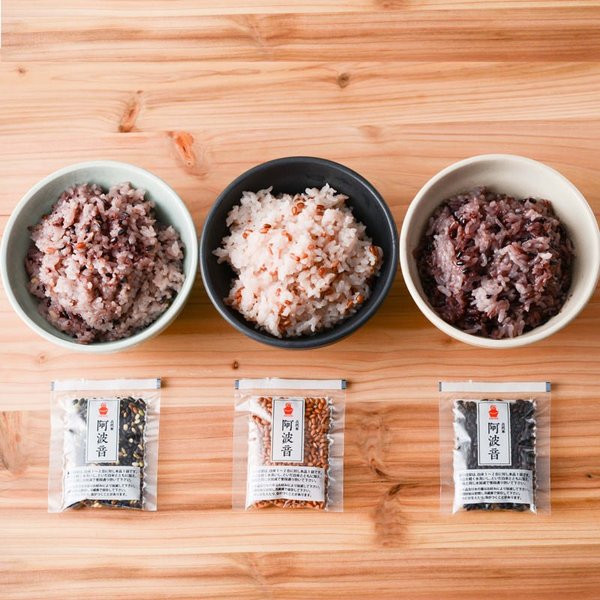The city of Kyoto was the power center of Japan until around 150 years ago. It has a long history as Japan’s capital city, lasting from when the capital was relocated there in the year 794 for approximately 1200 years. The original name for Kyoto when it was established was Heiankyo.
The grid-pattern streets of the city of Kyoto were created when the town of Heiankyo was first built in 794 AD. Heiankyo was modeled on Chang’an, the then capital city of China, which was a great power in Asia at the time. It’s amazing that the Heiankyo-era cityscape still remains, and there are many other things that came from China’s Tang Dynasty at that time that can be found if you look for them.
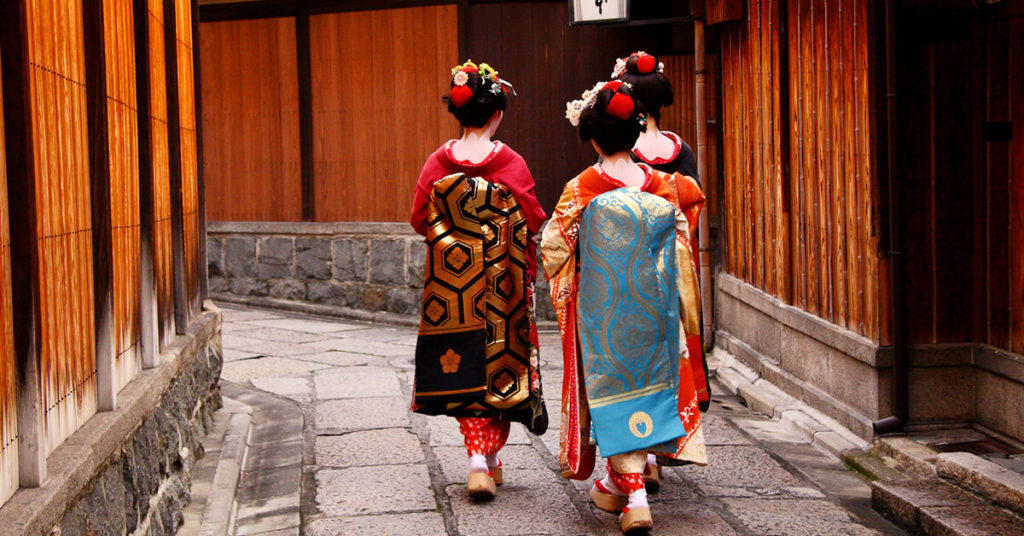
Table of Contents
Take a Stroll and Feel the Heian Era
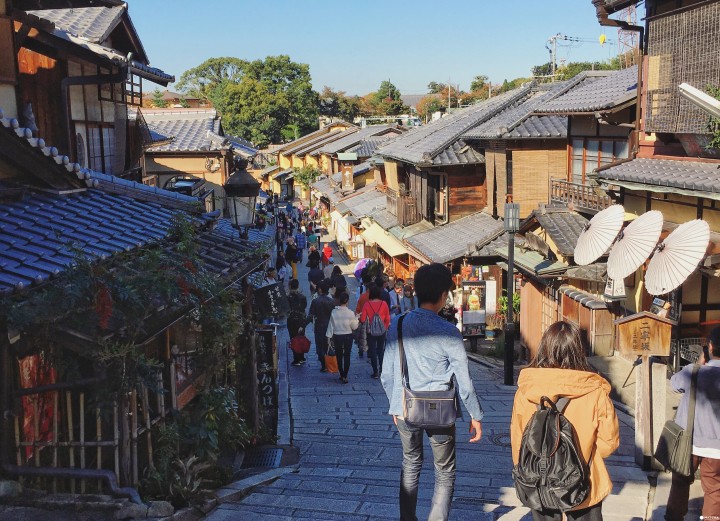
Gion’s Ancient Cityscape
Hanamikoji Street in the Gion district is an area in Kyoto where the old scenery and town buildings are well-preserved. There are many traditional wooden townhouses that have been converted into cafés, sweets shops, kaiseki restaurants, and unique boutiques. If you are lucky, you may also catch a glimpse of the Maiko walking about.
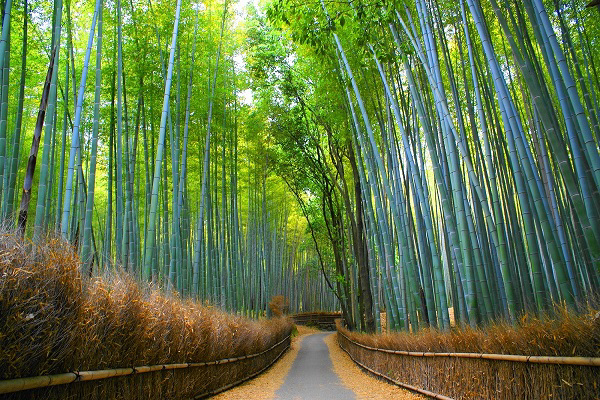
Arashiyama Bamboo Forest
The most popular spot in Arashiyama is the bamboo forest that spreads across Sagano, on the northern side of Togetsukyo Bridge. In this area where tens of thousands of bamboo grow, small paths are stretched around the bamboo forest, you can take a leisurely walk and immerse yourself in nature that existed during the Heian period as well.
Step into the Past at Heian Jingu Shrine
Once you pass through the bright red torii gate, you will be back 1000 years ago in the Heian period! This gorgeous shrine with its vermillion color is reminiscent of the graceful city of Heiankyo, and you will lose track of time when you are taking in the sights of this historical wonder. It is a place where the scenery of the time is reproduced, with a beautiful contrast between the vivid greens of nature and the vermillion of the shrine.
Tastes That Have Survived for Over 1000 Years
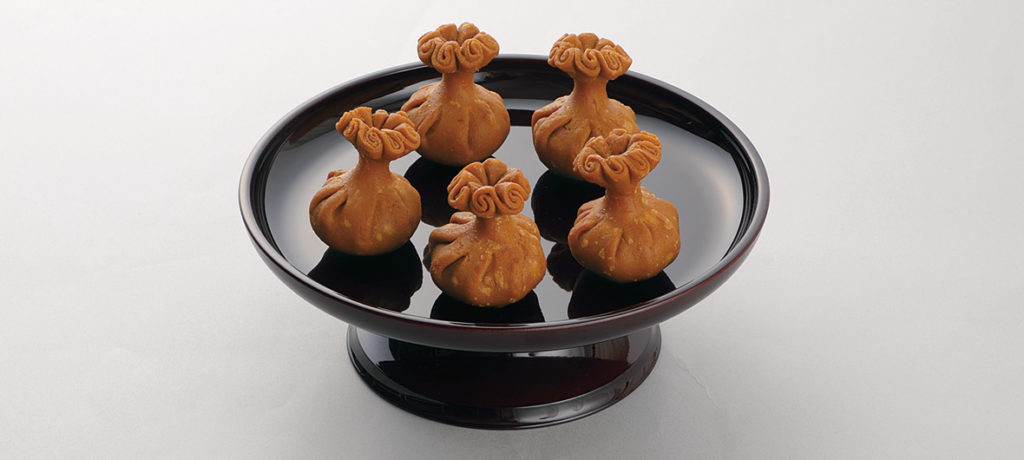
‘Kameya Kiyonaga’ Store Kangidan Sweets
You can still buy these Kangidan sweets, whose recipe has been handed down for over 1200 years, even today for 540 yen. It is said that the knowledge for how to make this sweet was brought over along with Buddhism in ancient times, as there is a similar pastry known as Modak in India that is also used for similar Buddhist offerings to Ganesha. It is a fried confectionery with bean paste inside.
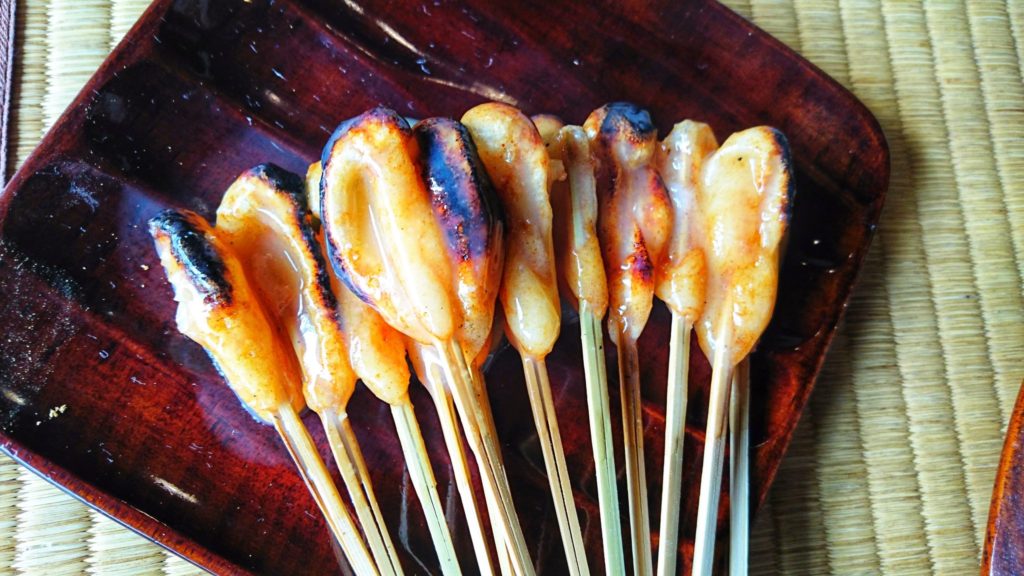
‘Ichiwa’ Sweets Shop Aburi-mochi
This Kyoto sweets shop has been in business for over 1000 years since its establishment. In its long history, Ichiwa has been subject to many events for the history books. These include the legendary tea master Sen-no-Rikyu purchasing sweets from this shop, and food from this shop being distributed to those suffering from hunger during the chaos of the Onin War.
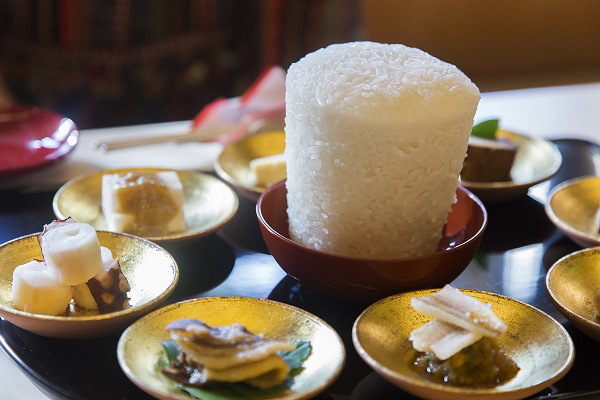
Enjoy Heian Dynasty Dining at ‘Rokumori’
At the Kyoto restaurant Rokumori, you can enjoy a valuable food culture experience where Heian dynasty dishes are updated and arranged in a way to make them enjoyable for modern people.
‘So’, the 1000 Year Old Japanese Cheese Recipe!
‘So’ is a type of dairy product that was made in ancient Japan (in the Asuka and Heian periods), and is a heat-concentrated dairy processed food that can be dried and stored for very long periods of time. It has recently become a hot topic on Japanese social media as a cooking challenge for people to undertake as they have had to spend more time at home during lockdown.
Ancient Non-white Japanese Rice
Known as ‘kodaimai’, these older varieties of multicolored, stickier rice had been declining in popularity, but have become more popular recently as modern Japanese people search for a healthier, more artisanal alternative to standard white rice.
Now you have seen in this article how much of Kyoto is rooted in its deep and ancient past! If you have the opportunity, we recommend that you also go on a trip to Kyoto in search of the sights, sounds and tastes of a thousand years ago!
